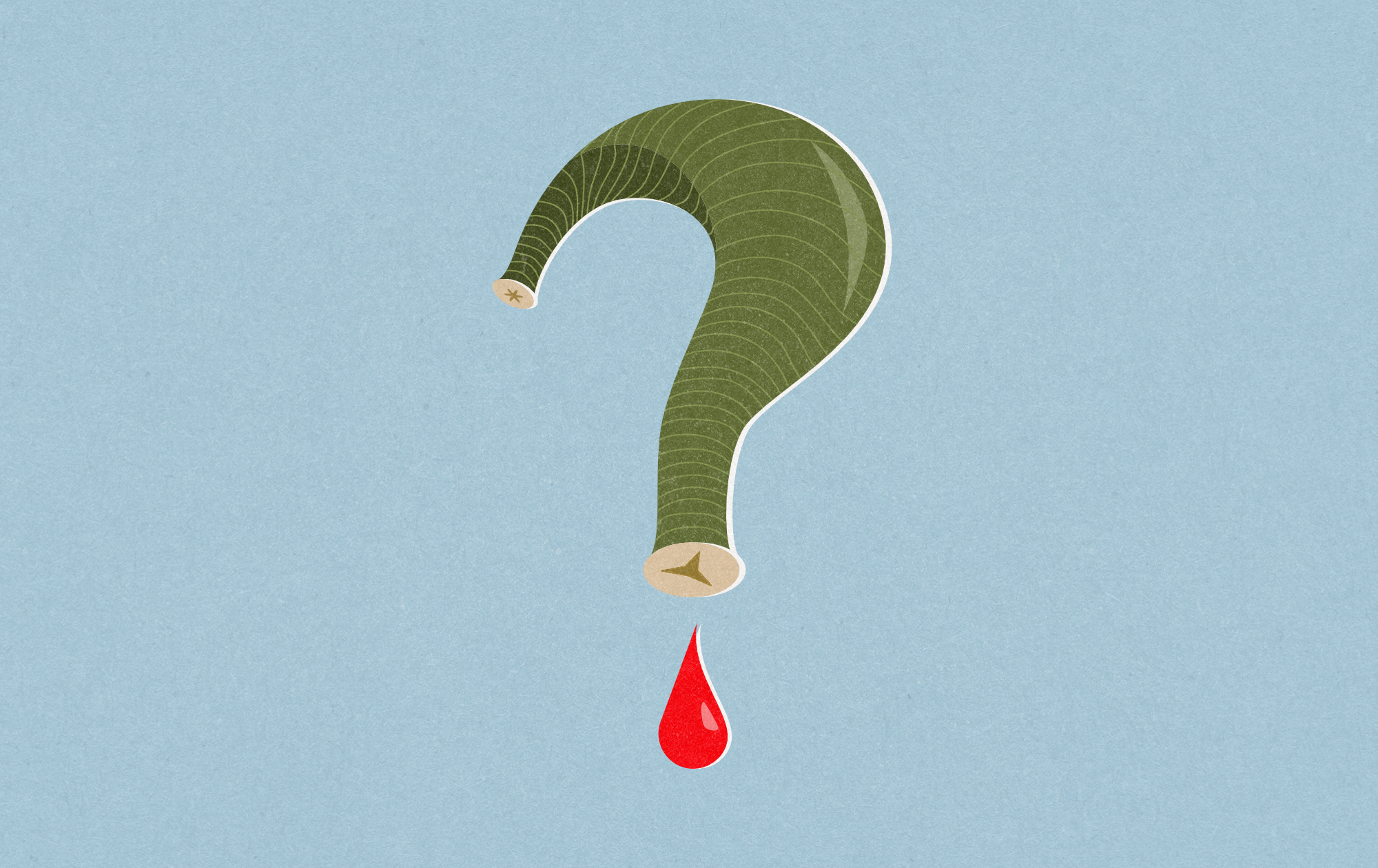Get the latest tech news
Leeches and the Legitimizing of Folk-Medicine
While we’ve derived useful molecules from the leech, live leech therapy has been largely marginalized in the West. It is time we reevaluate why.
Leeches spend their days in freshwater ponds, marshes, and slow-moving streams across every continent except Antarctica, gliding along submerged vegetation, clinging to passing hosts, and feeding on the blood of fish, amphibians, and sometimes mammals. Further investigating the action of this substance in the blood, Haycraft conducted a series of experiments in which he soaked leech pharynxes in alcohol for three days, then used water to extract a clear, alkaline fluid almost free of all other proteins and compounds. In an 1819 pamphlet, he outlined specific drawbacks he hoped his bdellomètre would address, among them, how: “after the application of a certain number of leeches it was never possible to determine exactly how much blood had been evacuated … [nor] … the rate of the flow of blood.” In 1840, a French surgeon, Baron Charles Louis Heurteloup, developed a spring-loaded version, especially designed for veins around the eyes.
Or read this on Hacker News
